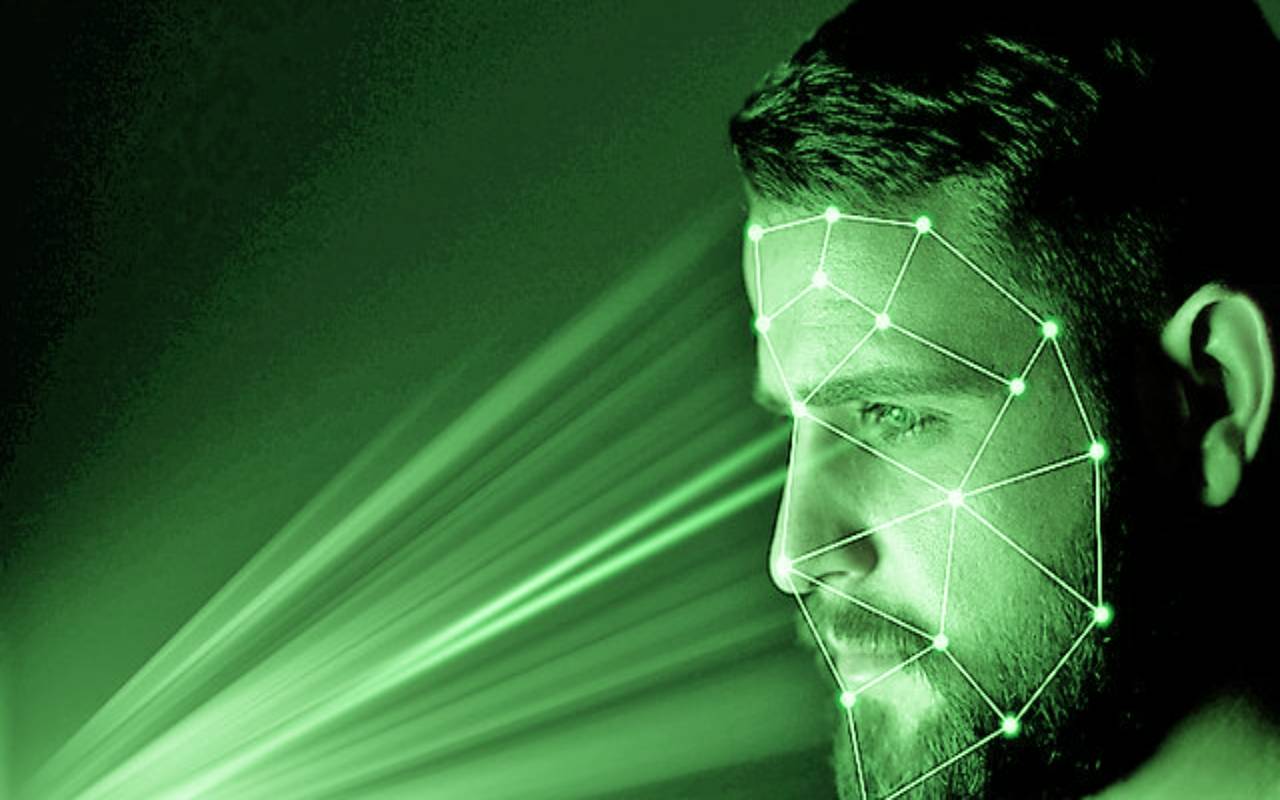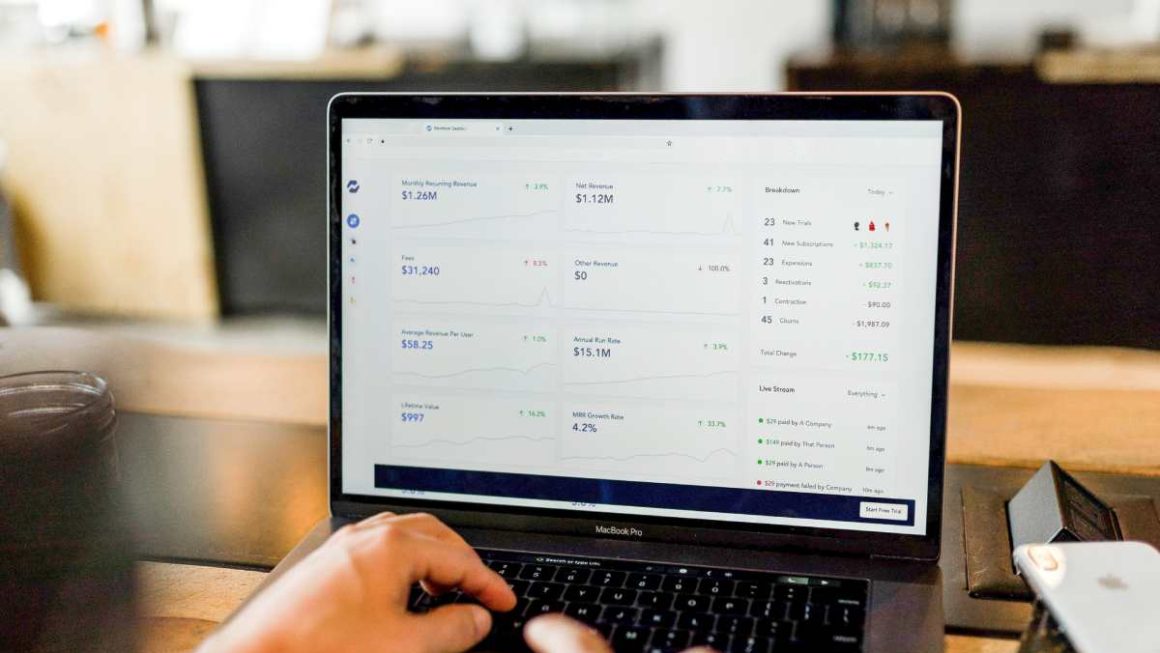The facial recognition technology is more present in everyday life. In places and applications that maybe you didn’t know. Within the field of AI, these types of applications can be developed with which a sensor can make metrics to recognize people’s faces and make an option.
For facial recognition to work, you only need an accurate camera and software that, through algorithms, is able to recognize facial features. The two-dimensional or three-dimensional image generates a matrix of similarities to compare and know if it is one person or another. Although it is in full development, it is already being used a lot because it offers better results than the biometric fingerprint.
Where Is Facial Recognition Used?
Facial recognition technology you use more than you think. Sometimes, without knowing it, and these are some examples :
Mobile Phone Cameras: digital cameras use technologies to know how to recognize people’s faces. Therefore, they usually mark them on the screen with a green box when you are going to capture a photo, and thus offer better results.
VideoConferencing Apps and Others: some apps like Apple’s Face Time, use AI for facial recognition and to be able to modify the image so that it looks like it looks at the camera. Other similar apps also allow you to do it, for example, to add filters on your face.
Biometric Systems: systems such as Face ID and the like also use facial recognition to unlock your mobile device, etc.
Cameras: Some video surveillance cameras also use it to recognize faces in crowded places. Taylor Swift used without warning facial recognition software at one of his concerts in Los Angeles. The objective was to locate the stalkers among the public, but it raised the controversy and immediately afterward their use was prohibited. The GDPR of the European Union also strictly prohibits it.
Other Uses For The Near Future
In addition to the above cases, facial recognition technology is also being used or will be used to :
Big Data: if you analyze the biometric data of all the millions of users who use this technology, you could measure moods worldwide, know when a person is more perceptive to show you an advertisement, etc. Even for feedback, since you can see from the front camera if an ad or service pleases you, irritates you, etc.
Distance Education: it will allow having proof that the student is present when studying remotely. If remote examinations are performed, the person can also be identified so that he is not supplanted.
Payments: China has been a pioneer in using facial recognition as credentials to authorize or make payments. Face ++ is the company that is developing it.
Security: cameras in public places can identify suspects or criminals who are wanted, even if there are thousands of people.
Psychology: to know the mood, or detect if someone is lying, etc. Some have considered using it to modify certain parameters of the devices according to your mood, such as putting a type of background music, changing the wallpaper in line with your state …
But, like everything else, it also has its disadvantages, since having large databases with the faces of many citizens, along with the power of AI technology, could lead to serious security and impersonation problems.
Also Read : How Does SMS Marketing Impact Your Company’s Strategy?




